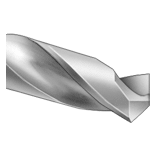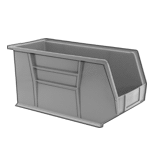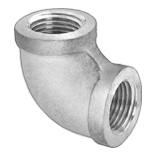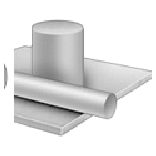Filter by
Switch Action
Actuator Style
Switching Voltage
Environment
Illumination
Push-Button Style
Switch Designation
Switch Starting Position
Enclosure Rating
Switching Current
Wire Connection
Mounting Location
Export Control Classification Number (ECCN)
DFARS Specialty Metals
Electrical

Manual Switches
Everything from toggle, push-button, and rocker switches to foot switches
559 products

Manual Switch Seals
Seal dust and moisture out of switches while leaving the toggle exposed
3 products
Fluid Handling








































